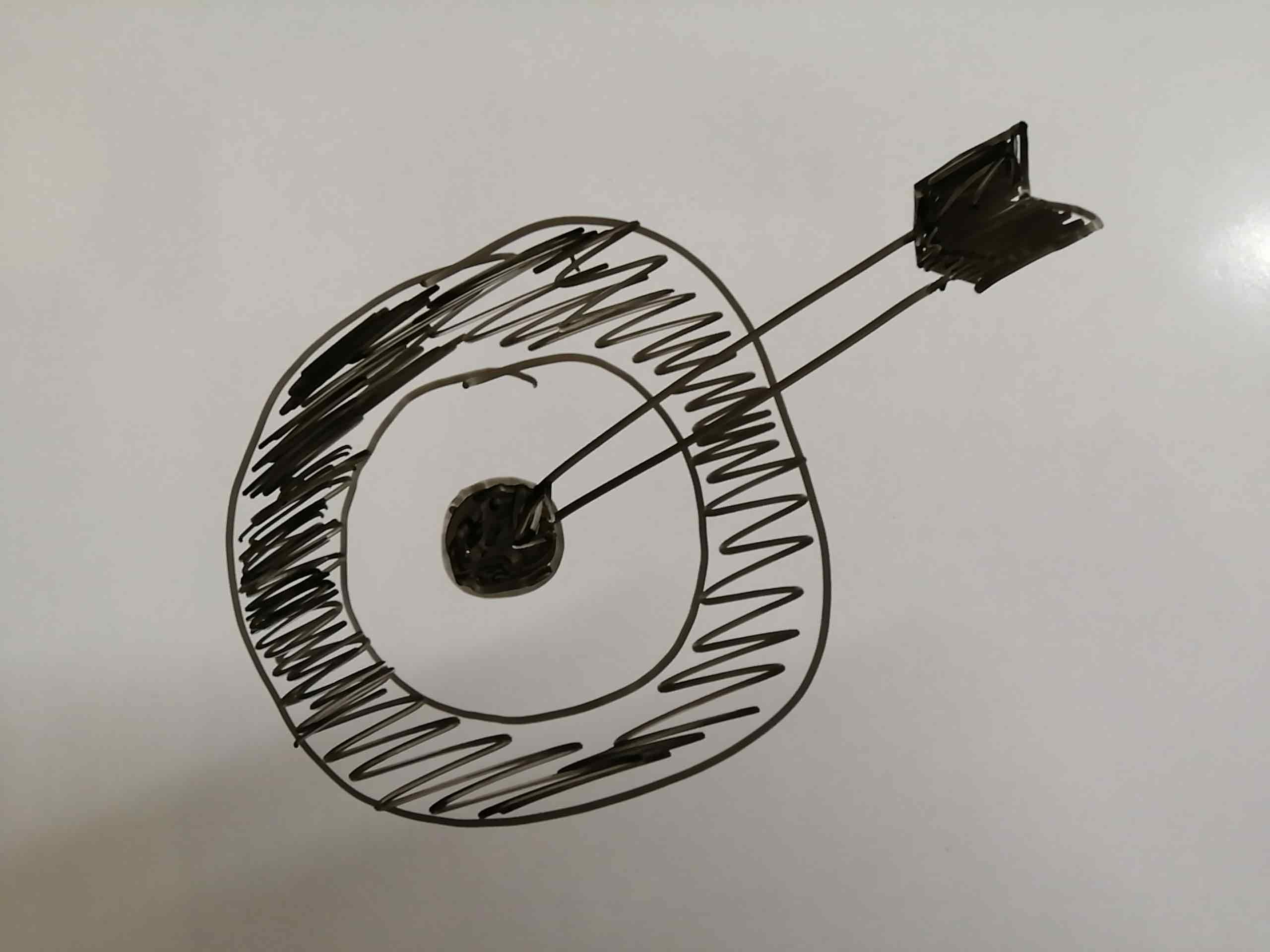Define Week

In my last post, I documented interviews. Apart from interviews, I gave probes to users and two out of four replied with probes. Tried chasing people but it didn’t help.
Continuing with Design thinking this week I learnt about Define phase. In a nutshell outcome of this phase is the human-centred definition of a problem.
The case study I am pursuing is: Creating a fitness app for people who are not able to find enough time exercising.
Here is the step by step approach I took for define phase.
-
I noted down all the ideas and grouped them and ordered them in priority that’s called as Affinity Map. I chose the priority order which I felt was right, for me the blockers a user phase is of the highest priority.
-
After grouping ideas into themes, on these themes I created an empathy map i.e. how a user thought and felt. Followed by filling up Said and Did.
-
Looking at all the quadrant wrote down the user needs, this will become the basis of what problem you want to solve for them.
-
As per the instructions of Design Thinking course from IDF I need to select 1-3 needs which are most important for user and create a point of view.
I have a question on this approach, dont see a strong criteria in selecting the need. To me its like introducing a personal bias. To clear my doubt I ended up posting this question on reddit and intereaction-design.org
https://www.reddit.com/r/UXDesign/comments/e29xc3/question_empathy_map_to_point_of_view/
- Based on this I created a Point of View Madlibs and lastly I wrote down “How might we” questions.
How might we questions will become basis of Ideation phase.
Here are the screenshots of process I followed. Starting with groups in Affinity Diagram:
-
Blockers in Exercising

-
Triggers for Exercising

-
What Helps

-
Making Exercising Exciting

-
Why Exercise

The reason why I chose this priority order is that blockers are obstructions to users and if we understand them well we can come up with a solution.
Overall my affinity diagram looks like this:

After completing affinity diagram next task is to develop an empathy map. The map is divided into four quadrants and captures following. What user :
- Said
- Thought
- Did
- Felt

Using the empathy Map I identified needs for the users

I selected most important needs for a user and developed point of view.

Using the Point of View I came up with How Might We questions

This is turning out to be interesting because now I can see lot of information crystallised into specific how might we questions. Now its time to focus on Ideate phase of Design thinking